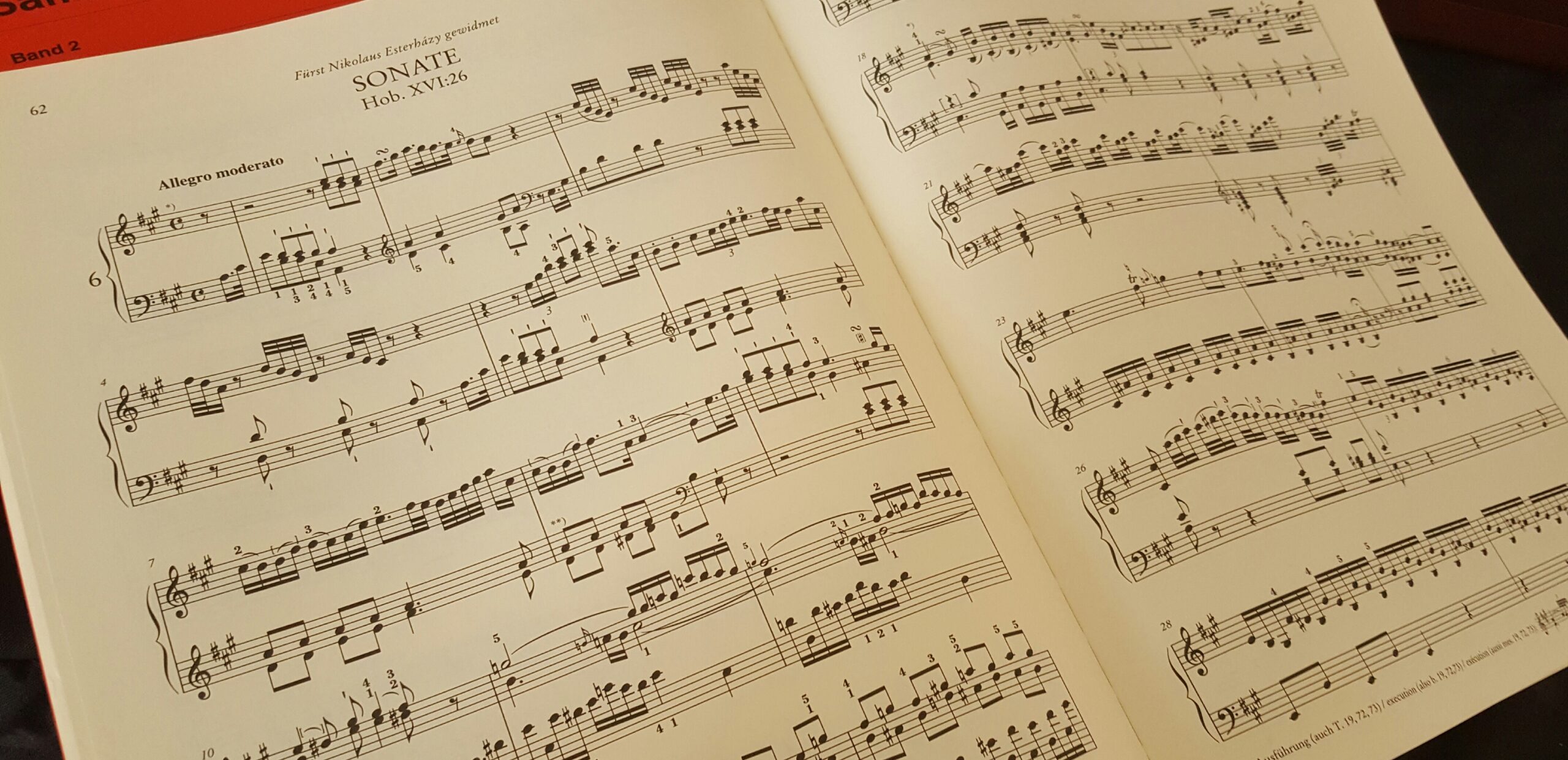Haydn transitions
Haydn transitions.
Haydn transitions.
Haydn Sonata Transitions are the hardest sections to master both when composing or analysing music. They can be modulatory -the most common ones-, non-modulatory -unusual but possible too- or even mixed -the so-called two-part transitions-. The fact that they can be non-modulatory for example, can become confusing at the time of differentiating them from subordinate themes.
The harmonically unstable quality of transitions turns them into the most important element to guarantee the sophistication of the by tonal quality of the sonata exposition. The quality and smoothness of their harmonic progressions say a lot about the composer responsible for them and the way he organises the musical mater.
As piano students, you need to learn as much as possible about this compositional resources. The more you know about how a sonata is constructed, the better you will understand how to interpret them.
Piano Recording Studio London has had the pleasure to record Haydn sessions performed by Juan Rezzuto, one of the truly passionate about this style and its composer.
WKMT has committed to releasing a series of articles on how to analyse piano sonatas. You can check them at
http://www.wkmt.co.uk/single-post/2017/10/24/Haydn-Sonatas—Transition-in-general

